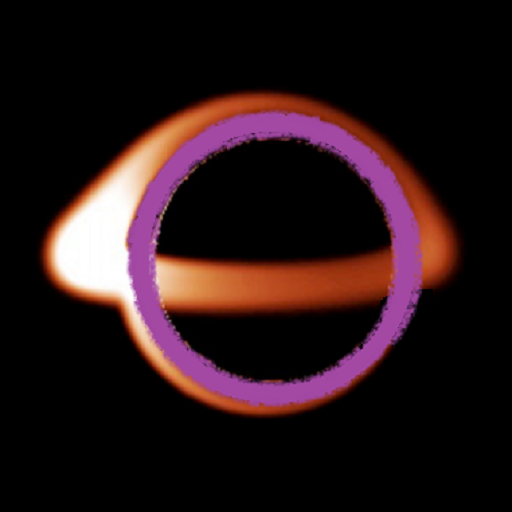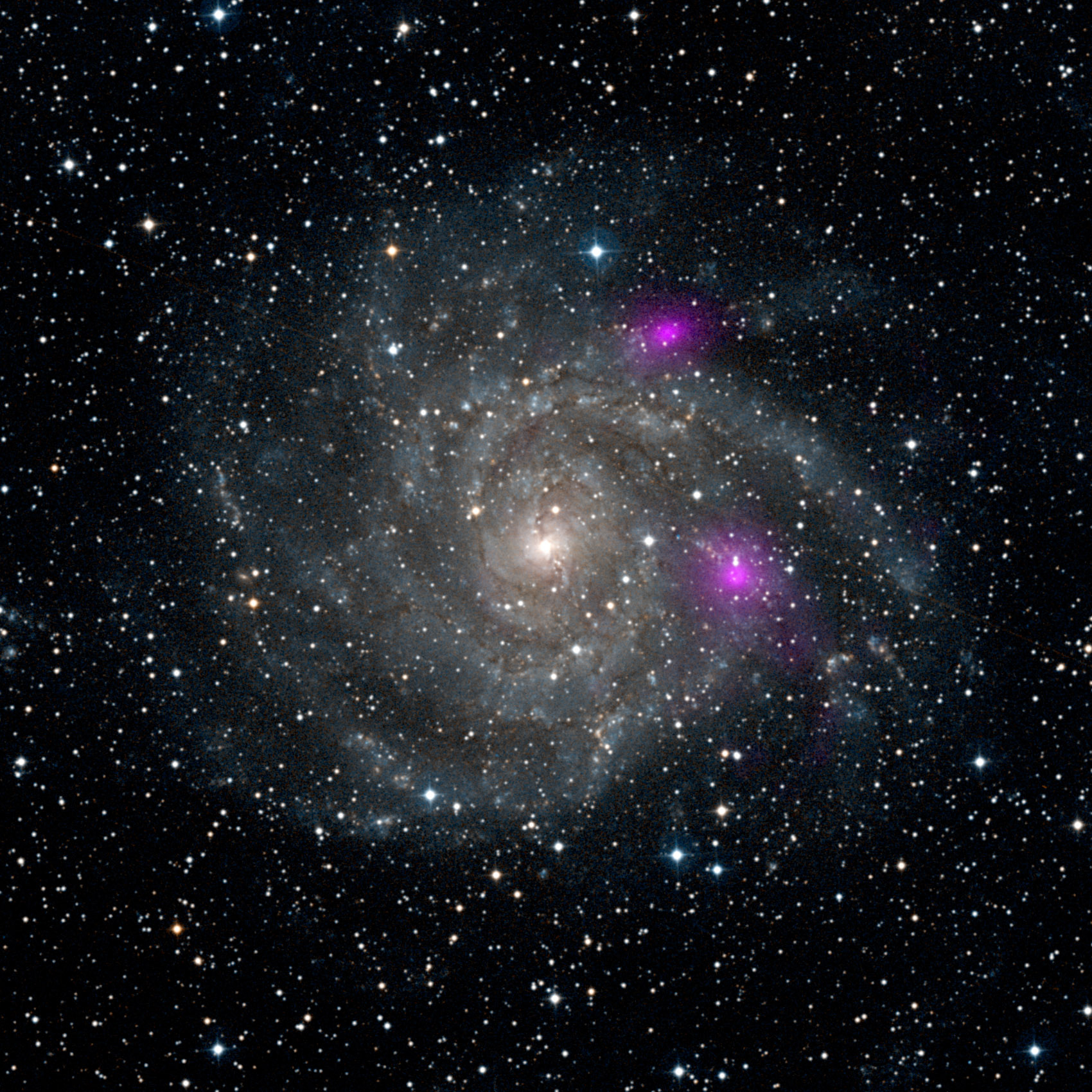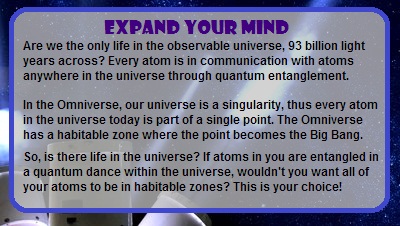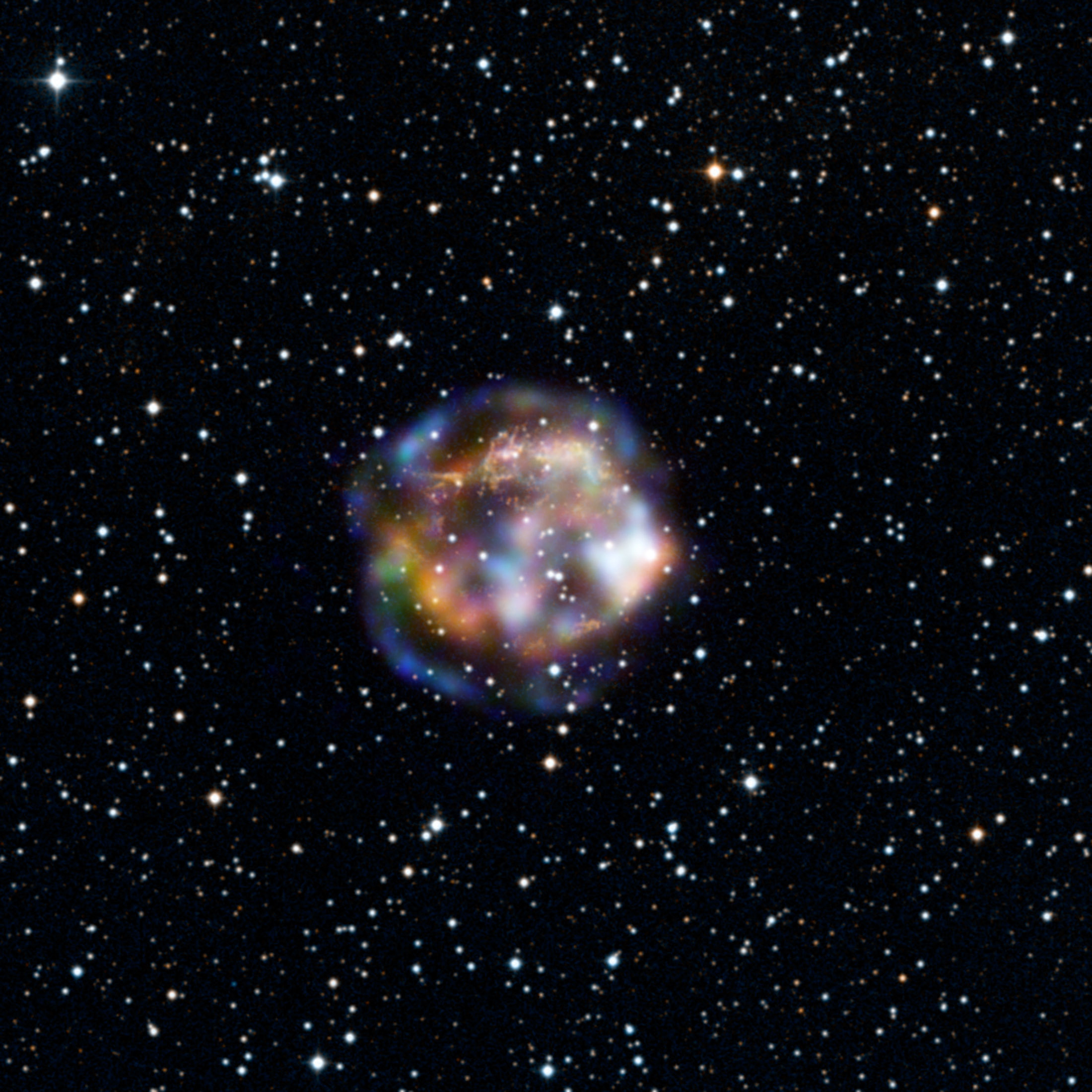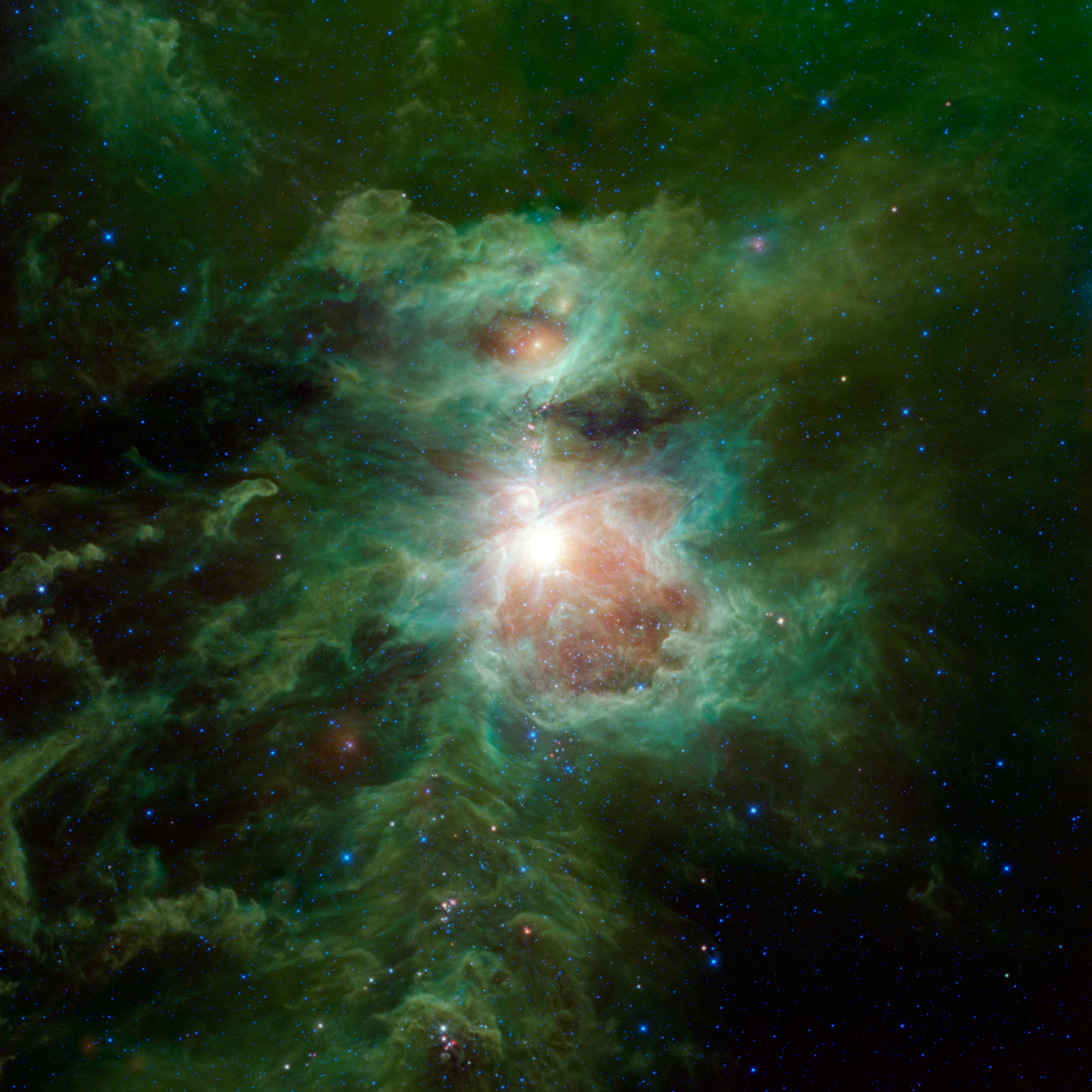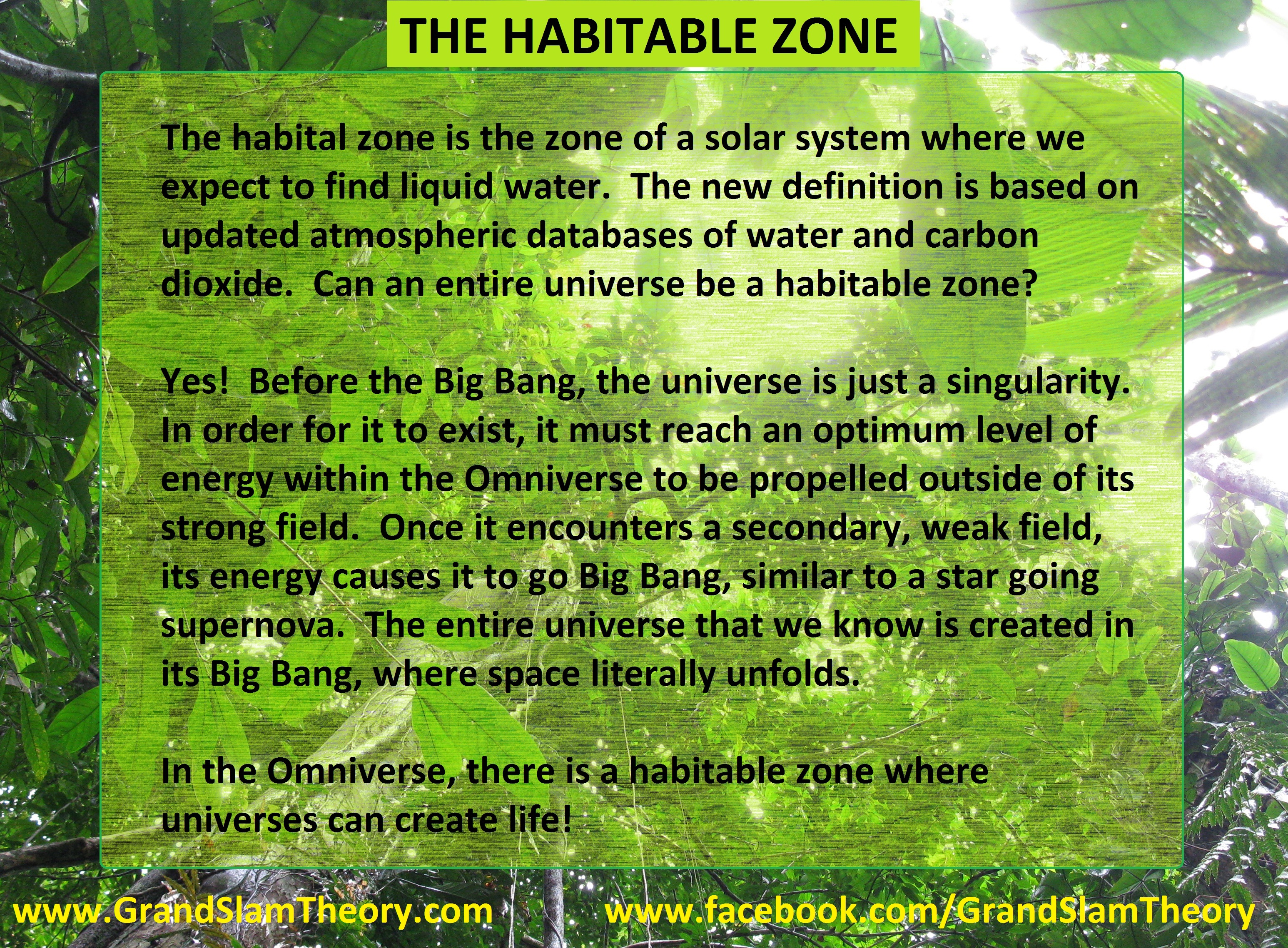A crystal lattice is like a prism when light enters it. The light pathway can change direction and light emerges from it everywhere. Light actually refracts, following the crystal lattice’s framework of bonds. It also reflects and bounces out of its path at any imperfection point of the lattice. Without imperfections, we wouldn’t be able to observe this phenomenon.
What is life? It is like a light that permeates our mind and body, and we act like a crystal lattice by allowing it to pass through us. Life allows our bodies to regenerate cell-by-cell while still retaining our identity and collective experiences.
What do we do with the life-energy that flows through us? Like a prism, we split the signal up into different colors. These are represented as energy centers of the body, or chakras. Energies of different ‘colors’ of this spectrum affect our emotions. All emotions have the same underlying energy, which we perceive as love. Love is life. It is our light. We let it shine through us, even though we have imperfections. But like a crystal, this is what makes it work.
Since biological life evolves, it is a natural consequence of life that our bodies evolve. Like a plant growing toward light, our evolution takes us toward the love. Consciousness is the first step. Our thoughts become a nonphysical extension of our bodies. Our mind is a field of thoughts and emotions surrounding us. It is a reflection of the light that shines through us. Consciousness evolves as it grows, and we realize we are part of something much, much bigger. And everything is connected through the same underlying energy.
The Omniverse is the source of the light and life. It is where our entire universe comes from. In fact, the universe is a prism of the underlying energy. Its ‘colors’ are the laws of physics. Its life in the habitable zone is a natural consequence of its laws, through a complex decision-making process. This is the universal consciousness, and even it is part of something bigger. Once you know the Omniverse, you understand how it creates the universe, the light, and the life.
For updates on the book, follow www.facebook.com/GrandSlamTheory, and you can download the white paper on GrandSlamTheory.com for free. Help spread the knowledge!
